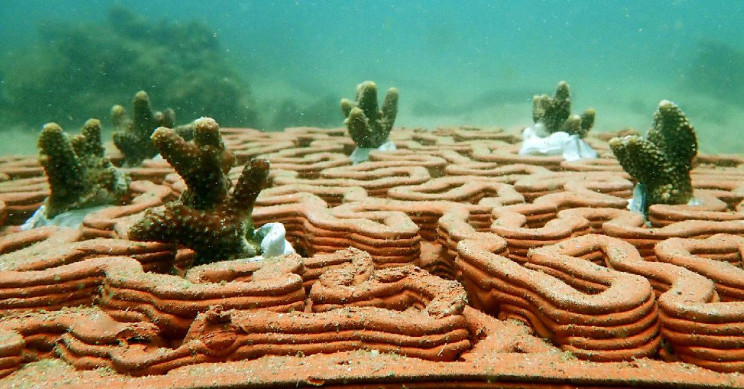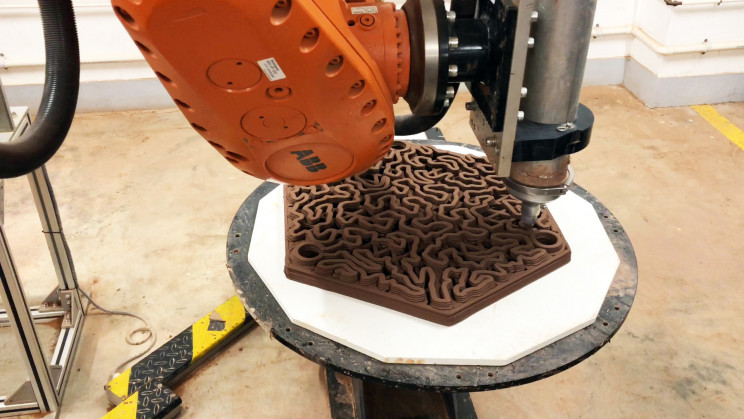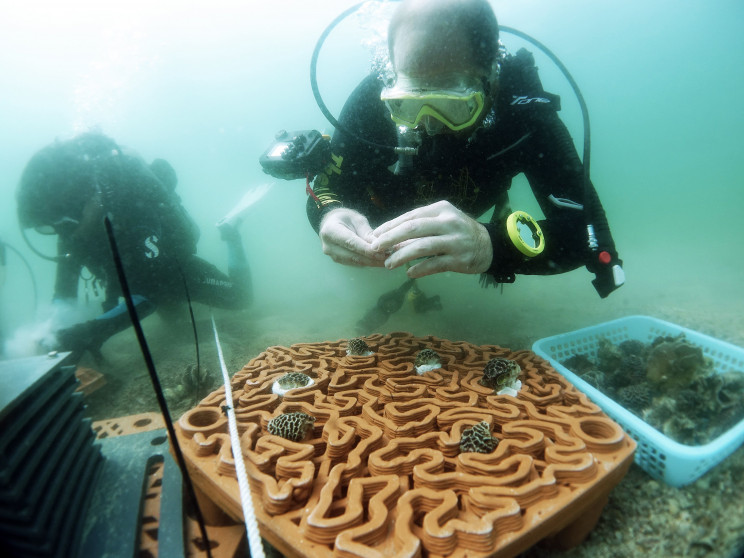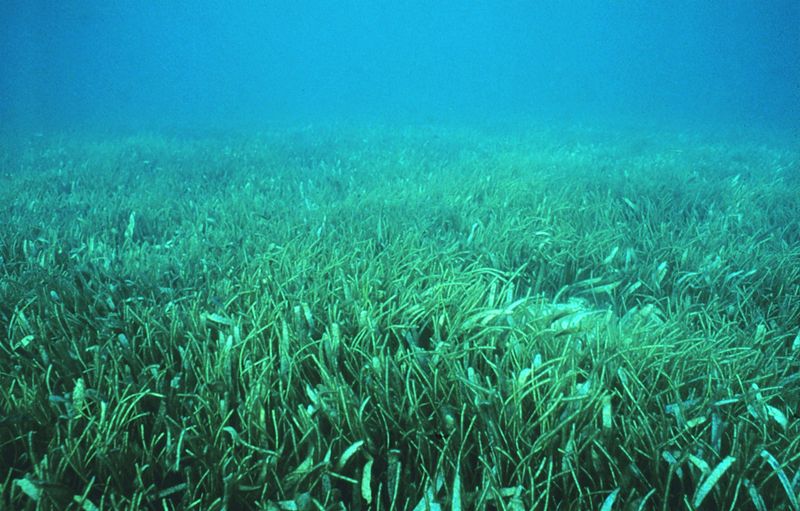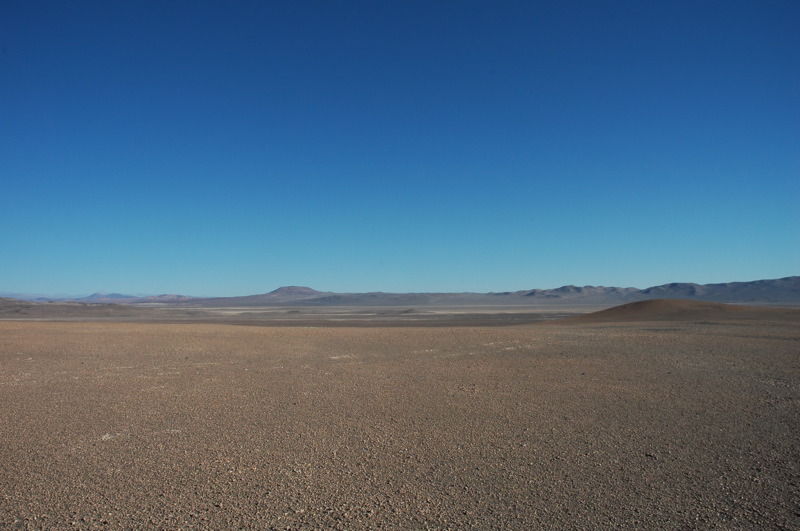Coral reefs are like tropical forests of the ocean, or ocean oases. These are home to countless marine animals. Coral reefs are a valuable resource of organisms for potential medicines, create sands for beaches and serve as buffers for shorelines.
The worldwide increase in population and global warming is threatening our coral reefs. More than 90% of marine animals are dependent on these reefs for one reason or another. So the loss of reefs is going to have a huge impact on the whole marine ecosystem.
Now architects and marine scientists at the University of Hong Kong (HKU), have come up with a great idea to restore corals.
The new method involves specially designed 3D-printed terracotta ‘reef tiles’ to help restore eroding coral communities on Hong Kong seabeds. Each of these flat reddish tiles weighs about 20 kg, is made up of nine-grid layers and six coral-like layers. These ‘reef tiles’ were installed within the marine park at Coral Beach, Moon Island, and a sheltered bay.
According to HKU, “The Marine Park is a local biodiversity hotspot accounting for more than three-quarters of reef-building corals in Hong Kong and more than 120 fish species. However, in recent years, gradual deterioration of the coral habitat, a process known as bioerosion, coupled with coral bleaching and mass mortality events in 2015-2016, are putting the future of the coral community at risk,”
Artificial reef tiles to help corals survive and thrive
The artificial reef tiles were installed in about roughly 430-square-foot (40m2). These tiles will not only provide a structurally complex foundation for coral attachments but will also help in preventing sedimentation.
Three coral species namely Acropora, Platygyra, and Pavona were chosen for the study.
Besides the perfect design of the tiles, the materials used for printing are environmentally friendly. The tiles were printed in clay and then hardened to terracotta (ceramic) in a kiln. Researchers foresee these artificial reef tiles will help to save the degraded coral reef systems and conserve biodiversity.

